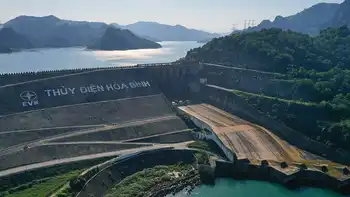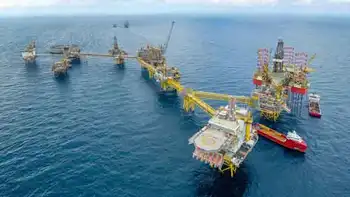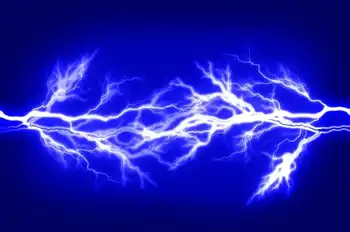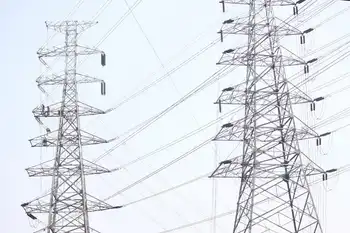NZ electricity market body appoints operators
WELLINGTON - - Service providers for New Zealand's electricity market have been appointed for the launch of the market under new rules in 2004, the sector's governing body said recently.
The Electricity Commission, set up by the New Zealand government to manage the generation and retail side of the market, said it had re-signed the market's current providers because the tight timetable to get the market ready by March 1 left it with little alternative.
New Zealand share market operator NZX in November 2003 put in a bid to run the market, which it said it could do more cheaply with better technology than the incumbent, M-co. A contestable process open to all comers would have taken six to nine months, the Commission said.
"There was little choice but to appoint the existing providers," it said in a statement, adding that when contracts expired there would be a competitive process.
The Commission has been set up to manage the sector so that electricity demand can be met in years when hydro lakes run low.
In 2003, the country faced the prospect of electricity shortages for the second year in three because of low hydro lake levels, a shortage of natural gas supplies and increased demand.
Nearly two-thirds of New Zealand's electricity production comes from hydro-electric power stations, with a further 22 percent from gas.
Several large industrial users cut production and there was a national campaign to cut demand by 10 percent, before rains averted serious shortages.
The Commission has wide ranging powers, including contracting with generators to provide reserve generation, setting prices and the amount of power to be offered in dry years, and forcing generators to offer long-term electricity hedge contracts -- agreements to supply set quantities at fixed prices.
Related News
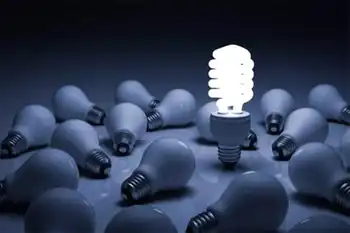
After rising for 100 years, electricity demand is flat. Utilities are freaking out.
WASHINGTON - The US electricity sector is in a period of unprecedented change and turmoil. Renewable energy prices are falling like crazy. Natural gas production continues its extraordinary surge. Coal, the golden child of the current administration, is headed down the tubes.
In all that bedlam, it’s easy to lose sight of an equally important (if less sexy) trend: Demand for electricity is stagnant.
Thanks to a combination of greater energy efficiency, outsourcing of heavy industry, and customers generating their own power on site, demand for utility power has been flat for 10 years, and most forecasts expect it to stay that…

